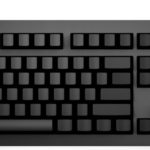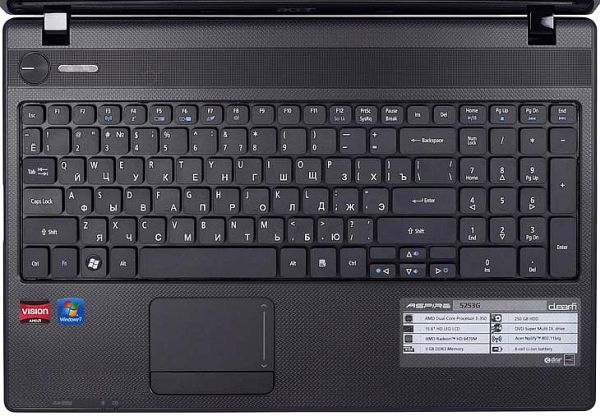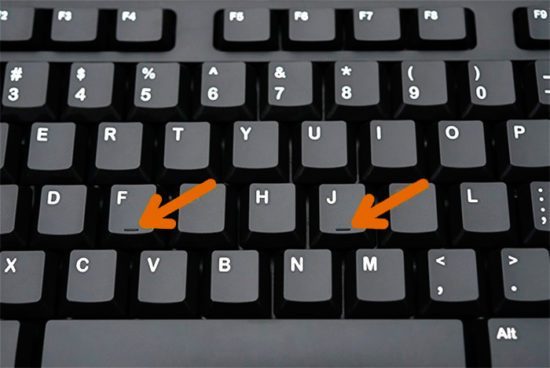Keyboard - what is it?
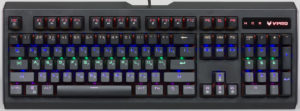 A computer keyboard is a device for input or output of information. Input is carried out through access to operations carried out in the processor and displayed on the screen. Output usually occurs to additionally connected devices, such as printers, copiers, scanners, flash drives. The keyboard has a standard layout of 101 or 102 buttons. Depending on the model and manufacturer, additional ones may be included that perform certain functions.
A computer keyboard is a device for input or output of information. Input is carried out through access to operations carried out in the processor and displayed on the screen. Output usually occurs to additionally connected devices, such as printers, copiers, scanners, flash drives. The keyboard has a standard layout of 101 or 102 buttons. Depending on the model and manufacturer, additional ones may be included that perform certain functions.
All available buttons can be divided into:
- including the alphabet and numbers;
- performing certain functional actions depending on the software used;
- special;
- cursor controls;
- numeric keypad keys - they duplicate the numeric keys, but are located on the right side panel of the keyboard;
- modifiers that can change the functionality of other keys.
The whole variety of keyboards can be classified from three points of view.
- The first is ease of use and purpose. Here we can distinguish - office, ergonomic, multimedia, gaming, and for multimedia centers.
- The second is the type of construction - standard, compact, customizable, foldable, rubber, waterproof.
- The third is the type of key design and the principle of its operation - mechanical, membrane, scissor, capacitive sensor.
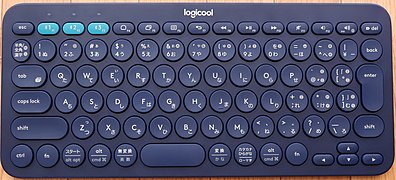
The content of the article
Principle of operation
Inside there is a mini-computer, or rather, a microcircuit that ensures all the functions included in this part of the computer or laptop. The main functional purpose of the microcircuit is to monitor the signal coming from a particular button. Next, the microcircuit sends this signal for processing to the computer’s central processor. In order for the signal to reach the microcircuit, certain sensors are used to monitor the pressing force. When the pressure force reaches a certain level, the electrical circuit is closed.
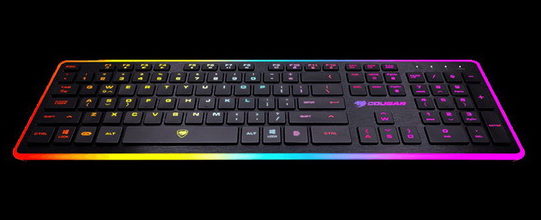
Software support
Any hardware, including this one, requires software support, which is responsible for processing all information. For a keyboard, the software is called a driver, which in the vast majority of cases is supplied with the hardware and operating system. It is this type of driver that allows the user to choose the layout of the language and buttons.
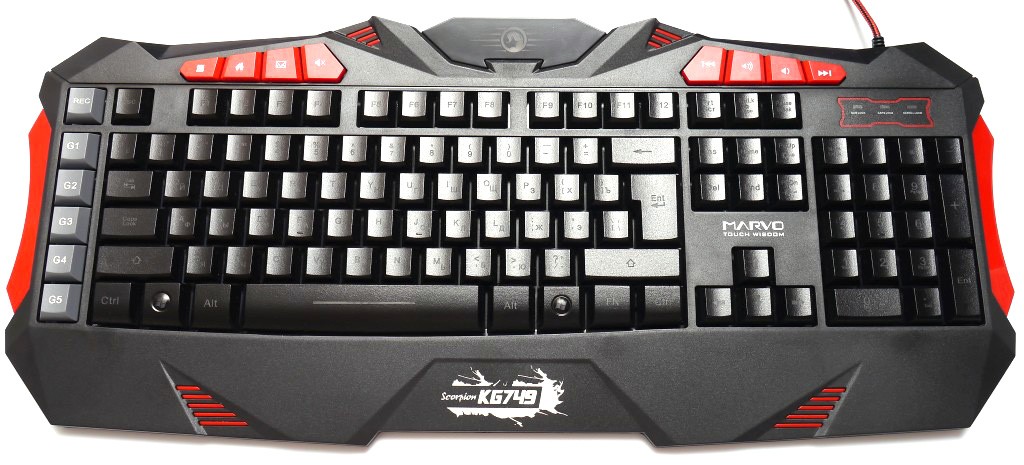
Varieties
Today, in the development of computer technology, two types of keyboards can be distinguished:
- mechanical;
- sensory.
In mechanical modes, data transfer directly from the keyboard is carried out by physically closing the contact between the key and the receiving device. The operating principle of the sensor is to use special materials and semiconductors that have certain properties. The definition of such a boundary between mechanical and touch keyboards is quite arbitrary.
Mechanical keyboards
The principle of mechanical operation is quite simple. It consists of a button mechanism that allows you to perform reciprocating movements in the vertical direction. When the key is lowered, the contacts are closed. In this case, a signal is transmitted to the processing nodes. After the logical signal is transmitted, the key is released by the operator. Return to its original position is carried out by a special spring mechanism. Most keyboards on personal computers and laptops have this operating principle.
This type of device has the following advantages:
- Durable in use. A standard keyboard can withstand the number of presses on each button in the region of 50 million times.
- Ease of maintenance.
- Easy to use with fast and accurate response to pressure.
- This type of keyboard is in an affordable price category, so if the product breaks down or if it is not repairable, it is possible to replace it with a new one.
Despite the presence of a large number of positive characteristics, there are also negative points:
- The inability to completely seal the internal filling, which can lead to debris and various liquids getting inside. The result is product failure.
- Quite impressive dimensions that do not allow reducing the size of the accompanying product.
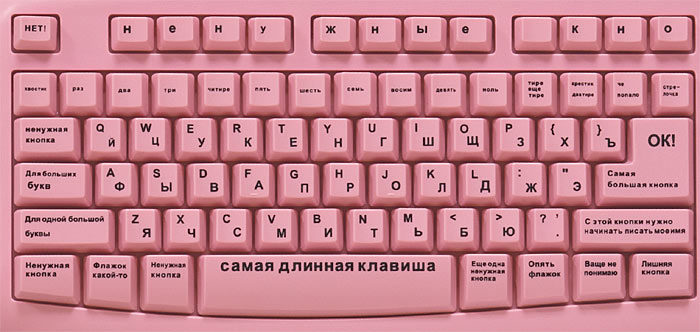
Membrane
The operating principle of a membrane keyboard is very close to a mechanical one. But in this type of work it is possible to reduce the overall dimensions of the product.
The membrane one does not have buttons as such.Instead, there are elastic membranes, pressing which transmits the required signal; when the membrane is compressed, it must be done to such a level that it touches the conductive contact. In turn, the conductive contact is mounted in one of the layers of the multilayer structure directly to the fixed contact. And the stationary contact itself is attached to the device board.
Pros of membrane keyboards:
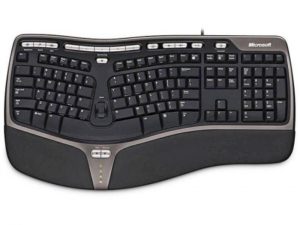 Low noise level.
Low noise level.- Low cost.
- The ability to completely seal the interior from external influences.
- Possibility to reduce overall dimensions.
Despite the presence of significant advantages, However, they also have disadvantages, which, by the way, have made their use in computer technology quite rare. The main ones include:
- Low level of tactility during operation.
- Rapid wear of the component parts of the product, which leads to its breakdown and non-repairability.
- During operation, after a certain service life, the membrane wears out. This leads to a decrease in sensitivity when pressed, and sometimes the key does not respond completely to external influences.
REFERENCE. At the moment, membrane buttons are rarely used in the production of computer keyboards. Most often, these are buttons located on the front panels of household appliances, such as ovens, microwaves, washing machines, TV remotes, etc.
Scissor keyboards
Many who hear this name for the first time have a question: what is a scissor keyboard? It is also a computer device for input/output of data, in this case it is a combination of the two examples above. That is, it is a hybrid of mechanical and membrane.
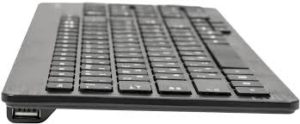 This determines the appearance of the scissor design. The buttons resemble standard mechanical ones. But still, contact and influence in this case is carried out on a special rod. In order for the rod to perform reciprocating movement in a vertical plane, two special plates are used. They cross each other, which resembles the design of scissors. By the way, It is because of this that the keyboard got its name. At the attachment point there is a hinge that allows the plates to move down and returns them to the top position - this is how the signal is transmitted.
This determines the appearance of the scissor design. The buttons resemble standard mechanical ones. But still, contact and influence in this case is carried out on a special rod. In order for the rod to perform reciprocating movement in a vertical plane, two special plates are used. They cross each other, which resembles the design of scissors. By the way, It is because of this that the keyboard got its name. At the attachment point there is a hinge that allows the plates to move down and returns them to the top position - this is how the signal is transmitted.
The advantages of this design include:
- Affordable price category.
- The operating noise is low, although there is still sound when typing on the keys.
- Good tactile feedback and key response to pressing. This allows the operator to quickly type text without spaces or inconsistencies.
- The service life of such a product is high and is not much different from the mechanical type.
But scissor keyboards still have some disadvantages:
- Despite the fact that this design is more or less well protected from dust, it can fail if moisture gets inside.
- Its overall dimensions are quite large, just like the mechanical ones. Therefore, it is difficult to talk about minimizing sizes.
IMPORTANT. It is the scissor keyboard that will allow you to quickly type text with minimal negative impact on your hands.
Capacitive sensors
The desire of technology to continually reduce the size of the device used has led to the emergence of capacitive sensor technology. This type of key is used on most tablets, smartphones, laptops and all-in-one computers. A thickness of several millimeters can significantly save space, ergonomics and ease of use of the device, and, consequently, the dimensions of the product.
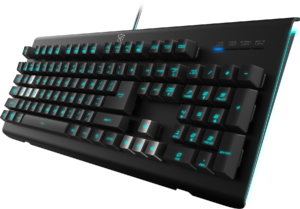 The principle of operation of a capacitive sensor is as follows: the surface is divided into segments, and in a small area there can be from several thousand to millions of such segments. The greater their number, the higher the tactile sensitivity of the sensor. Each segment is equipped with a microcapacitor. The dimensions of such a capacitor are very small, which allows them to be used in significant quantities. When pressed, tactile pressure is applied to the capacitor. It, in turn, changes its capacity, that is, its main parameter, from this influence. A change in capacity leads to a response from the processor, which records this as a signal, with subsequent processing and transmission to the central processor of the product.
The principle of operation of a capacitive sensor is as follows: the surface is divided into segments, and in a small area there can be from several thousand to millions of such segments. The greater their number, the higher the tactile sensitivity of the sensor. Each segment is equipped with a microcapacitor. The dimensions of such a capacitor are very small, which allows them to be used in significant quantities. When pressed, tactile pressure is applied to the capacitor. It, in turn, changes its capacity, that is, its main parameter, from this influence. A change in capacity leads to a response from the processor, which records this as a signal, with subsequent processing and transmission to the central processor of the product.
If we talk about the whole variety of keyboards, then, in principle, it is quite limited. In any case, this directly concerns the operation of the product keys. Thus, capacitive sensors are indispensable companions of all newfangled gadgets, including smartphones. Membrane keys and buttons are used in household appliances. Then scissor keyboards are an ideal choice for computer purposes.


